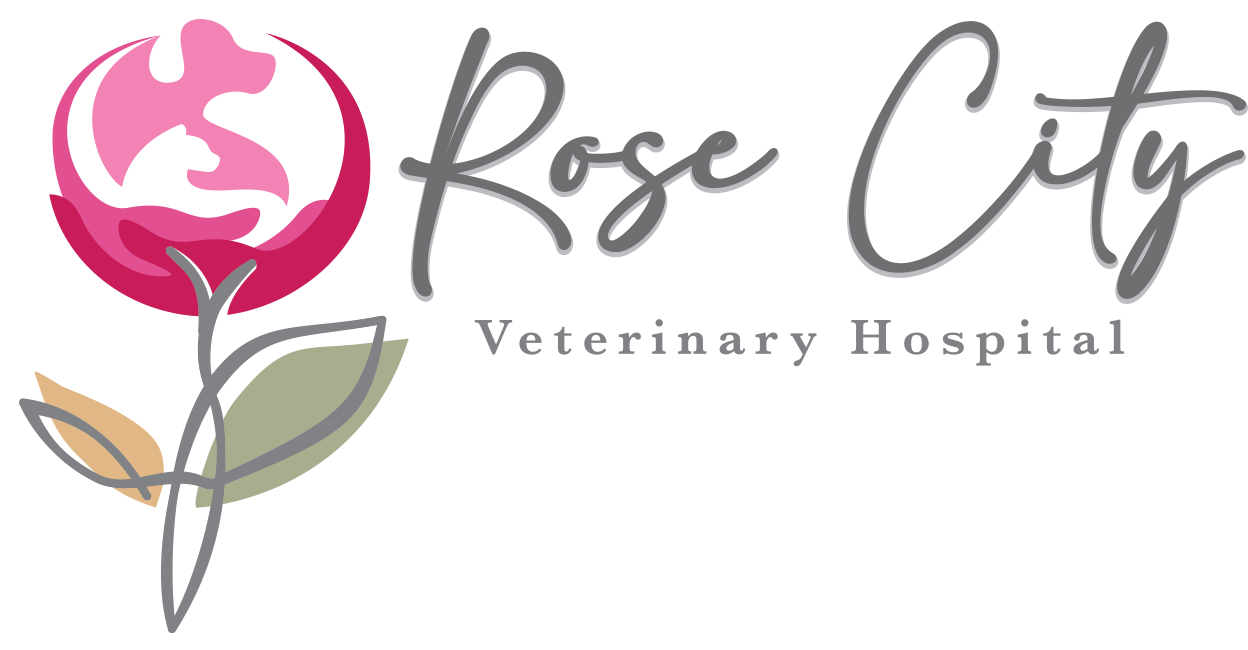Library
-
Mouthing, nipping, and biting are used by all puppies during social play with their littermates. Once they leave their littermates, you can easily teach them a new set of games that are appropriate for social play with people. It is important to provide puppies with outlets for appropriate play from the start. Puppies should never be punished for playing with their teeth, as it can cause them to become permanently fearful of people.
-
Plotts love hunting and family, arguably in that order. They love to follow a trail to its end, but at the end of the hunt, they are glad to celebrate with their favorite people.
-
Pointers are warm, loving dogs capable of giving members of their family great affection. They are usually overflowing with nervous energy and ready to hunt at the drop of a leash.
-
The shaggy Polish Lowland Sheepdog may look like an overgrown stuffed animal, but he is a serious worker who needs a job to be fulfilled. Active people who can include a dog in their everyday adventures find the PON - that is short for Polski Owczarek Nizinny, the name of the breed throughout most of the world - is an energetic and fun-loving companion.
-
The Pom may be tiny, but this spunky extrovert can get a little cocky for a dog not much bigger than your shoe. Outgoing and effervescent, Pomeranians have faces like little foxes, making them hard to resist and easy to forgive.
-
While Poodles are often portrayed as snobby and aloof, in reality, they are friendly, cheerful dogs with a keen sense of fun.
-
Pequenos are the smallest of the three Portuguese Podengos. They love to run and play and appear to enjoy being silly.
-
Portuguese Water Dogs are intelligent and used to deciding for themselves if something is not right. The positive aspect of this behavior is that they are wonderful companions, take good care of the children in their families, and feel at home in the city, the country, or at the beach.
-
Guarding desired items can be a normal behavior in dogs, but when it escalates, the safety of both people and animals is compromised. Exercises to prevent and reverse guarding behavior can be beneficial to any dog. Professional guidance is needed for any dog who repeatedly conflicts with people or pets because of guarding behavior.
-
Using Reinforcement and Rewards to Train Your Pet
La mejor forma de adiestrar un animal consiste en utilizar correctamente el refuerzo positivo, los premios y los castigos. Es necesario saber cuál de ellos utilizar, cuándo, cómo y qué sucede si se usan indebidamente. La finalidad del adiestramiento es enseñar la tarea o el comportamiento deseados.



